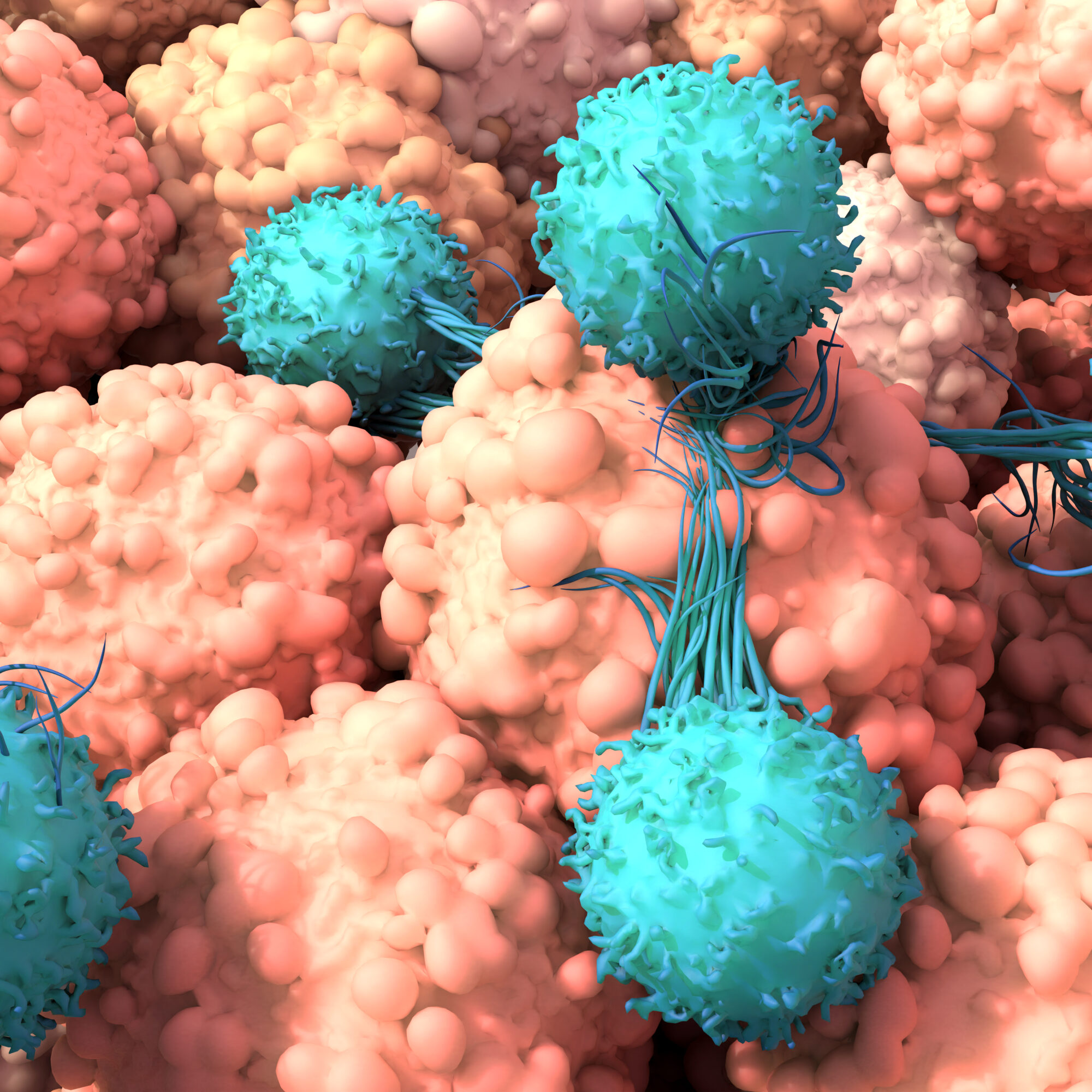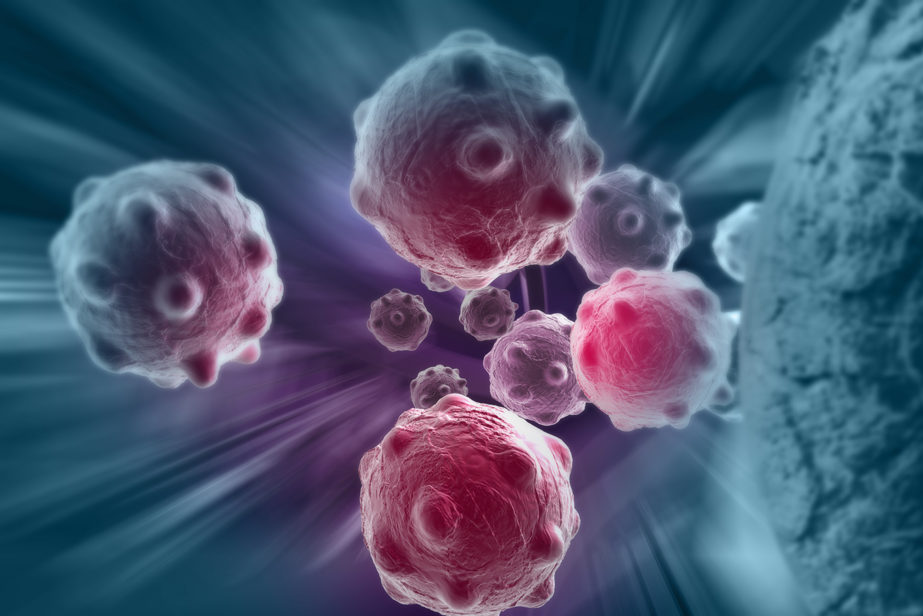The number of cell and gene therapies (CGT) launched globally has steadily increased in the past years. However, this growth has not been driven by Europe, on the contrary. The adoption of CGT in Europe faces some challenges which might be greater than elsewhere, notably the US: lack of investment, technical issues, high costs, administrative barriers and a lack of collaboration. The global market of cell and gene therapies (CGT) will continue growing and Europe needs to step up to be a part of this development. Estimates agree that there will be a 2-digit CAGR growth of the global gene and cell therapy market. Although the valuations are not identical, a good estimate is an accelerated market growth of 28.7% until 2025 [1] and then slowing down to an expected growth of 17.3% until 2030. Alcimed presents four main levers which will aid Europe to gain more traction in the market of CGTs.
Increasing funding in Europe for cell and gene therapy (CGTs)
The drive for growth of investments into CGT projects in recent years was primarily driven by US companies. While the US market saw a 53% increase in CGT investment in 2021 compared to the previous year, Europe had an 8% loss of fundings. For the European CGT development to be able to keep up with the global trend, additional funds are required, making up for the loss in investment from 2021.
More collaboration and investment from the European pharmaceutical market into academic research projects in CGTs is needed, also to stop the trend of “brain drain”. Governments could be a driving force of such collaborations and further investment. To increase their position in the biopharma market, including CGTs. Such initiatives can draw more private investment and talent into Europe, creating the conditions which are needed to turn the European CGT market around.
The manufacture of CGTs is highly complex, limiting the capacity produced. Additionally, the expertise from Europe is oftentimes drawn to the US, because of the higher salaries. Other experts move to a limited list of European countries with leading scientific universities – such as Switzerland, the UK, and Germany –, fragmenting and limiting the CGT advancement.
The slow nature of the production process of Cell and Gene Therapies adds a further complication, by requiring supply chains to have a high degree of logistical precision. With the involvement of different parties along the supply chain, the slightest change or time delay can interrupt the flow and have serious consequences for patients who are often in the late stage of the disease.
Thus, manufacturers need to focus on geographically expanding manufacturing and shortening the supply chain. This will be achieved over time with technological advances such as mobile labs, and more immediately must be supported by collaborations of the industry and local institutions, such as hospitals. Moving the site of production closer to the patients could be one approach.
Learn more about the gene therapy market >
Lowering barriers to product development in cell and gene therapy
A challenge for the product development is to find sufficient patients to participate in the clinical trials, especially for rare diseases. Data privacy laws in Europe require the patients to consent for each usage of their data, which causes further delays in the procedure. An exception is made for anonymised data, which will have to be extracted from the original data by for instance data analysis centers. This form of data could be used in the creation of synthetical trial arms and for sharing general insights rather than the data itself.
Learn more about our business experience in rare diseases >
Lowering barriers to market access
After the development of a product has been successful, companies will be faced with regulatory and administrative barriers to market access. Currently, the negotiations for reimbursement between the manufacturers and every European country is complicated, expensive and time-consuming, even though the marketing authorization given by the EMA is approved across the EU. To reduce these hurdles the long-term value of CGTs needs to be established and its safety proven, which would allow for more bargaining power of the marketers.
Especially for rare diseases there is a lack of data which makes the proof of added value by a cell and gene therapy almost impossible. Even the most basic data is missing such as patient population. This is the nature of such diseases which have a low awareness, are often not diagnosed and thus the need for therapies might be undervalued.
These hurdles have caused pharmaceutical companies to withdraw from the European market, such as bluebird bio, which had announced “The decision to cease operations in the EU and UK came after two years of discussions with European reimbursement authorities” – which brings us to the final hurdle for CGTs in the European market: pricing negotiations.
Pricing negotiations for cell and gene therapy in Europe
A single curative treatment with a CGT can cost millions of euros, having to be paid upfront. These huge momentary costs are hard to carry for the local healthcare systems in Europe and bear a great risk, since there is no guarantee for the treatment to work. These high one-time costs might be lower than the long-term costs for the continuous and life-long treatment of patients without the cure. However, the authorities have to balance their spendings in healthcare with relatively “low-cost” treatments for the greater population. With increasing CGTs available on the market, the demand for such one-time costs will increase further.
By spreading out these costs over longer time periods with annuity-type payments, the health authorities would be more capable of paying for CGT treatments. Outcome payment agreements could be a further solution, since they spread the risk between manufacturers and payers. These innovative payment agreements could not only benefit patients in Europe, but also in the US, where payers are also struggling to agree with these approaches offered by manufacturers.
The need of building collaborations between the private sector and the public field, as well as the industry and the European government(s) is the red thread which leads us through the challenges of CGT-development. Alcimed will follow the evolvement of cell and gene therapy in Europe and explore the field with clients to face its challenges!
[1] www.businesswire.com: Global Cell and Gene Therapy Market Report 2021
About the author,
Daphne, Consultant and Diane, Project Manager in Alcimed’s Healthcare team in Germany



